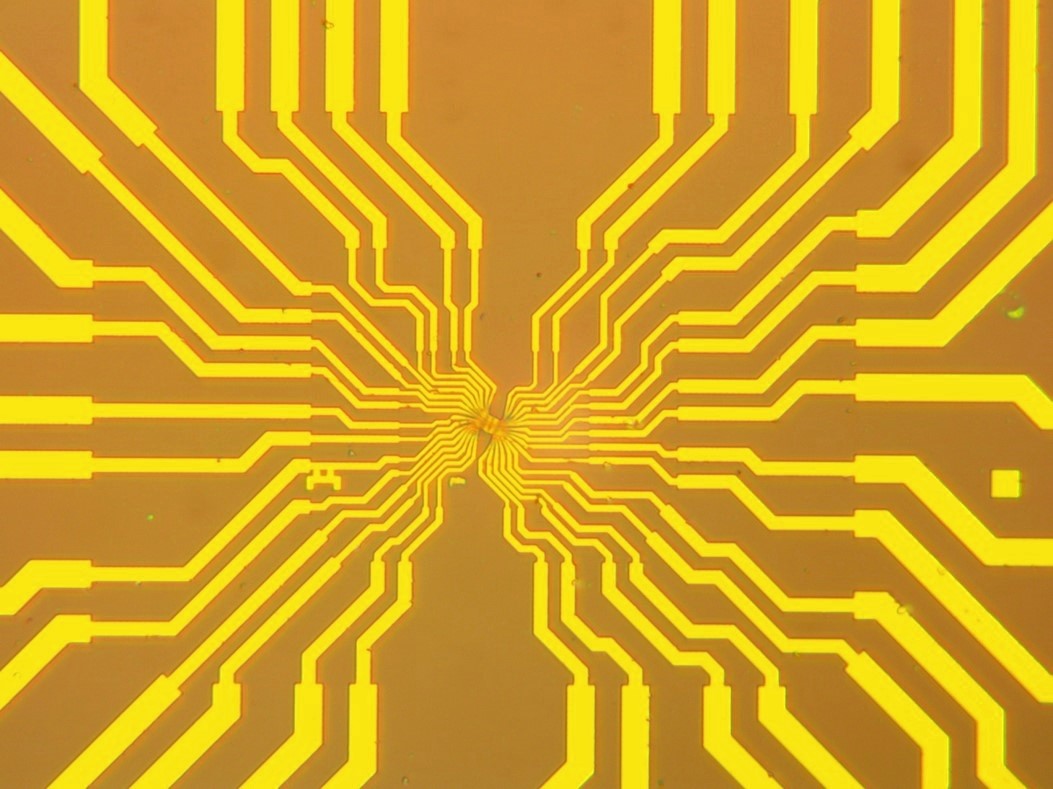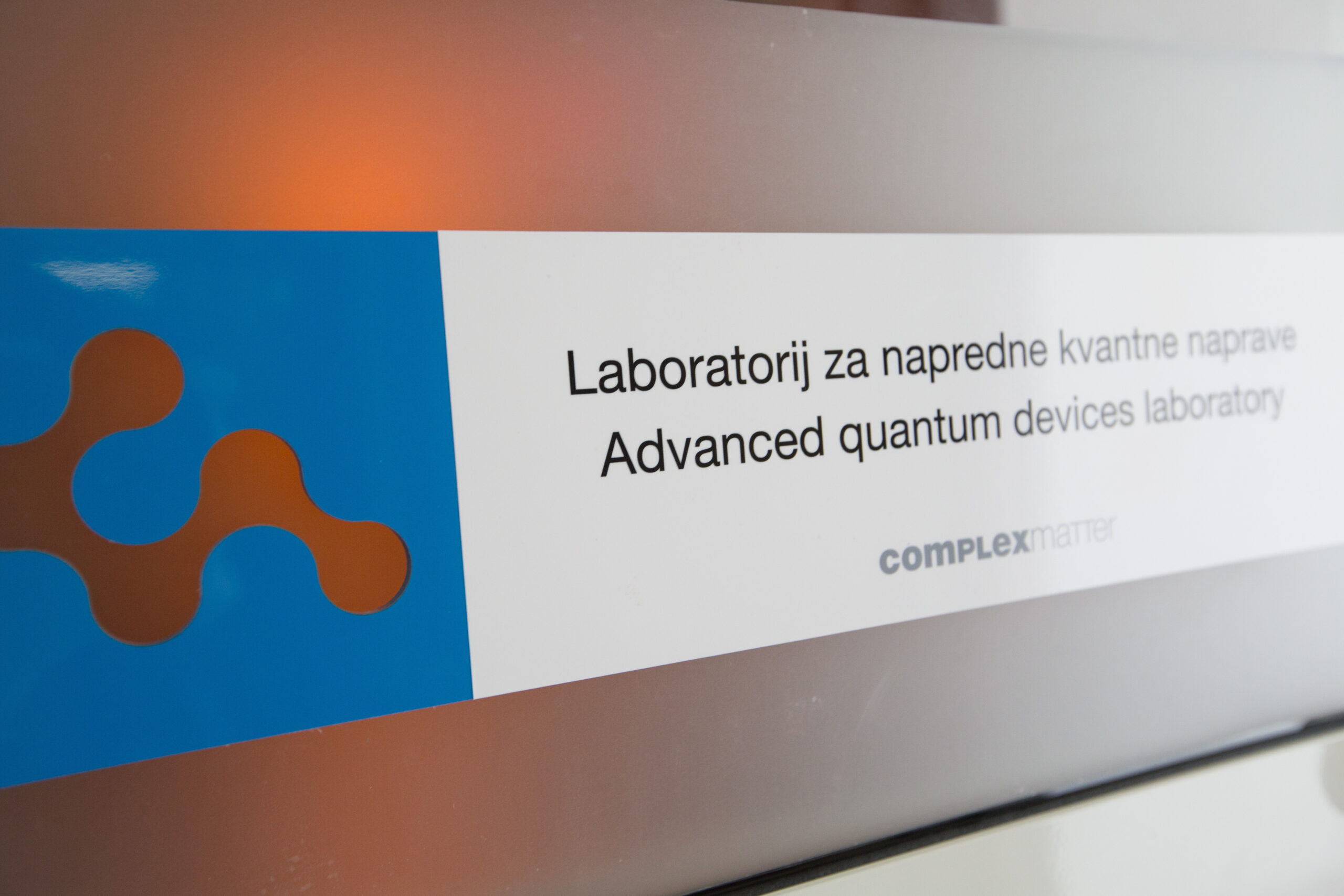Our primary research objective is to create ultra-energy-efficient and ultrafast memristors by harnessing the switching properties of the metastable metallic state of 1T-TaS2. These memristors are intended for use in cryocomputing environments. Our main focus is on achieving unparalleled performance while ensuring reliability and practicality when integrated into a package or chip.
Specifically, we are directing significant efforts towards incorporating these Cryogenic Compatible Memristors (CCMs) into superconducting flux quantum (SFQ) circuits, alongside nano-cryotron amplifiers. This integration aims to leverage the advantages of both CCMs and SFQ circuits to advance the field of cryocomputing.

Some of our articles on the topic:
- Mraz, A. Charge configuration memory device for use in cryo computing. (2023).
- Mraz, A. et al. Manipulation of fractionalized charge in the metastable topologically entangled state of a doped Wigner crystal. Nat. Commun. 14, 8214 (2023).
- Venturini, R. et al. Ultraefficient resistance switching between charge ordered phases in 1T-TaS2 with a single picosecond electrical pulse. Appl Phys Lett 120, 253510 (2022).
- Mraz, A. et al. Charge Configuration Memory Devices: Energy Efficiency and Switching Speed. Nano Lett 22, 4814–4821 (2022).
- Mihailovic, D. et al. Ultrafast non-thermal and thermal switching in charge configuration memory devices based on 1T-TaS. APL 119, 013106 (2021).
- Mraz, A., Kabanov, V. V. & Mihailovic, D. Implementation of Charge Configuration Memory in a Cryocomputing Environment. 1–13 (2020).
- Vaskivskyi, I. et al. Fast electronic resistance switching involving hidden charge density wave states. Nat Commun 7, 11442 (2016).
- Vaskivskyi, I. et al. Controlling the metal-to-insulator relaxation of the metastable hidden quantum state in 1T-TaS 2. Sci. Adv. 1, e1500168 (2015).
